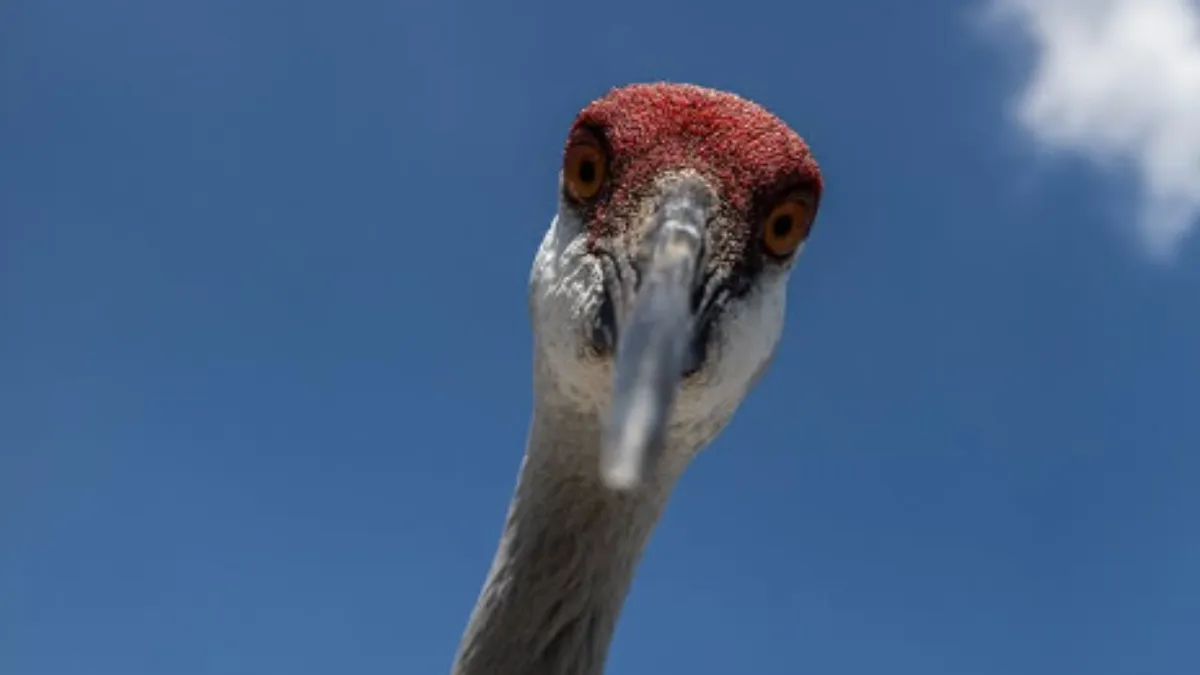Some birds stand out from the crowd, especially those unique, with their impressive abilities and beauty. Recently, NASA posted a photo of one such bird, which they termed a 'large, brown-eyed' sandhill crane. The first reason is that the shot was magnificent, primarily because the species was a significant bird. But what makes this sandhill crane special? Let's dig into the fantastic story about it.
Why is this bird so special?
The first point is the bird. The sandhill crane, or Grus canadensis, is a larger bird species with tall height in North America; populations are also present in Siberia and Cuba. Its key distinctive feature includes its red forehead along with the tall, lean, and very long legs standing upright to the maximum height of 4 feet.
“This sandhill crane is one of the 1,500 different species of plants and animals that make their home at NASA's Kennedy Space Center, which shares space with the Merritt Island National Wildlife Refuge,” NASA wrote.
“The Space Coast is a particularly favorable environment for sandhill cranes due to the region's shallow freshwater habitats, which provide nesting space and a variety of food sources,” the agency added.
NASA's description of the viral image of the sandhill crane
Taking to Instagram, NASA posted a detailed description of the photo. “The large, brown eyes of a sandhill crane stare directly into the camera; the crane’s head, its long, grey, narrow neck, and the top of its body are visible. A blue sky with scattered clouds takes up most of the background; the square outline of the Vehicle Assembly Building, including its large, painted NASA ‘meatball’ insignia, can be seen out of focus at the very bottom of the image,” it reads.
Soon after the photo went viral on the internet, people started commenting on the post. One user wrote, "This is actually a great head shot of the bird, I love Sandhill Cranes and photograph them when they migrate back to New York, the blurry NASA logo conveys space exploration and exploring our natural world are interlinked… the puffy white cloud fills the void of an otherwise dull blue sky, sweet work," while another wrote, "You're a NASA page, why are you acting like the Nat Geo channel ?"
ALSO READ: Zebra survives crocodile's lethal attack, netizens amazed; watch viral video

